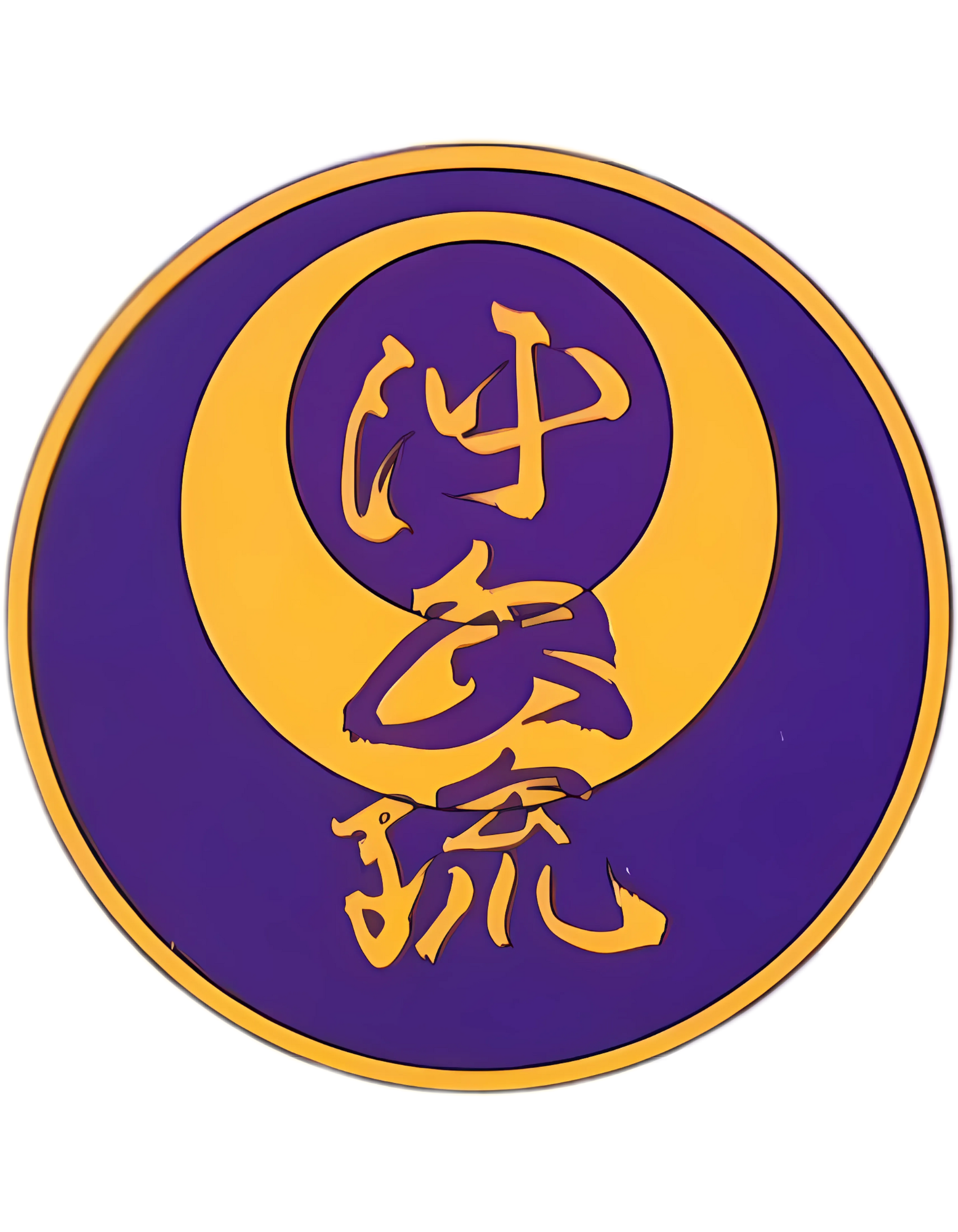Published February 27th, 2025
The Hidden Power of Atemi Jitsu: Striking Vital Points for Effective Self-Defense
When people think of self-defense, they often imagine blocks, kicks, and punches. But true martial artists understand that real effectiveness comes from precision, not just power. Atemi Jitsu, the art of striking vital points, is an advanced aspect of self-defense that allows a practitioner to neutralize an opponent efficiently.
At Takamine Karate Dojo, we incorporate Atemi Jitsu into our training to teach students how to maximize their effectiveness in self-defense situations. In this blog, we’ll explore what Atemi Jitsu is, how it works, and why it’s an essential skill in martial arts.
What Is Atemi Jitsu?
Atemi Jitsu (当て身術) is the martial art of striking pressure points, weak spots, and vulnerable areas on an opponent’s body to control or incapacitate them. Unlike brute force techniques, Atemi Jitsu focuses on efficiency, using minimal energy to create maximum impact.
The Science Behind Vital Point Striking
- The human body has specific points that are naturally weaker, such as joints, nerves, and soft tissue areas.
- Properly applied strikes to these areas can cause pain, temporary paralysis, or loss of balance.
- Atemi Jitsu integrates physiology and martial technique, making it a powerful addition to self-defense.
Common Target Areas in Atemi Jitsu
- Head & Neck: Jawline, temple, carotid artery
- Torso: Solar plexus, ribs, floating ribs
- Arms & Hands: Biceps, wrist joints, fingers
- Legs & Feet: Knees, shins, Achilles tendon
How Atemi Jitsu Enhances Self-Defense
Atemi Jitsu isn’t about brute force, it’s about strategy. By understanding how to target weaknesses, a smaller or physically weaker person can effectively defend themselves against a stronger attacker.
Timing and Precision Over Strength
- Instead of relying on power, Atemi Jitsu teaches precision.
- A well-placed strike to a nerve cluster can be more effective than a wild punch.
- It allows practitioners to quickly create openings for escapes or counterattacks.
How Atemi Jitsu is Used in Karate and Tuite Jitsu
Atemi Jitsu is deeply connected to Tuite Jitsu (grappling techniques). When combined, these two skills allow a martial artist to control an opponent through both strikes and joint locks.
- A strike to a nerve point can weaken an opponent’s grip, allowing for an escape.
- Atemi Jitsu can be used before applying a takedown or joint lock.
- It enhances self-defense by integrating both striking and grappling.
Atemi Jitsu in Traditional Okinawan Karate
Many people don’t realize that Okinawan karate has a long history of vital point striking. Masters like Taika Seiyu Oyata, who studied ancient Okinawan martial arts, incorporated Atemi Jitsu into their teachings.
Taika Oyata and the Legacy of Kyusho Jitsu
- Taika Oyata was a master of Kyusho Jitsu, a system of pressure point striking.
- His teachings emphasized the importance of knowledge over strength.
- His methods influenced many martial artists studying real-world self-defense applications.
Why Atemi Jitsu is Not Commonly Taught
- Many modern karate schools focus only on sport karate, which removes real-world striking techniques.
- Atemi Jitsu requires precise training and understanding of human anatomy.
- Traditional dojos, like Takamine Karate Dojo, preserve these techniques to teach true martial effectiveness.
Learn the Art of Atemi Jitsu at Takamine Karate Dojo
Understanding Atemi Jitsu takes your martial arts training to the next level. Whether you’re training for self-defense or deepening your knowledge of traditional karate, learning how to strike effectively is essential.
At Takamine Karate Dojo, we emphasize the importance of precision, strategy, and real-world application. If you want to train in authentic martial arts, contact us today.
📩 Email: takaminekaratedojo@gmail.com
📱 Message us on social media: @takaminekaratedojo
